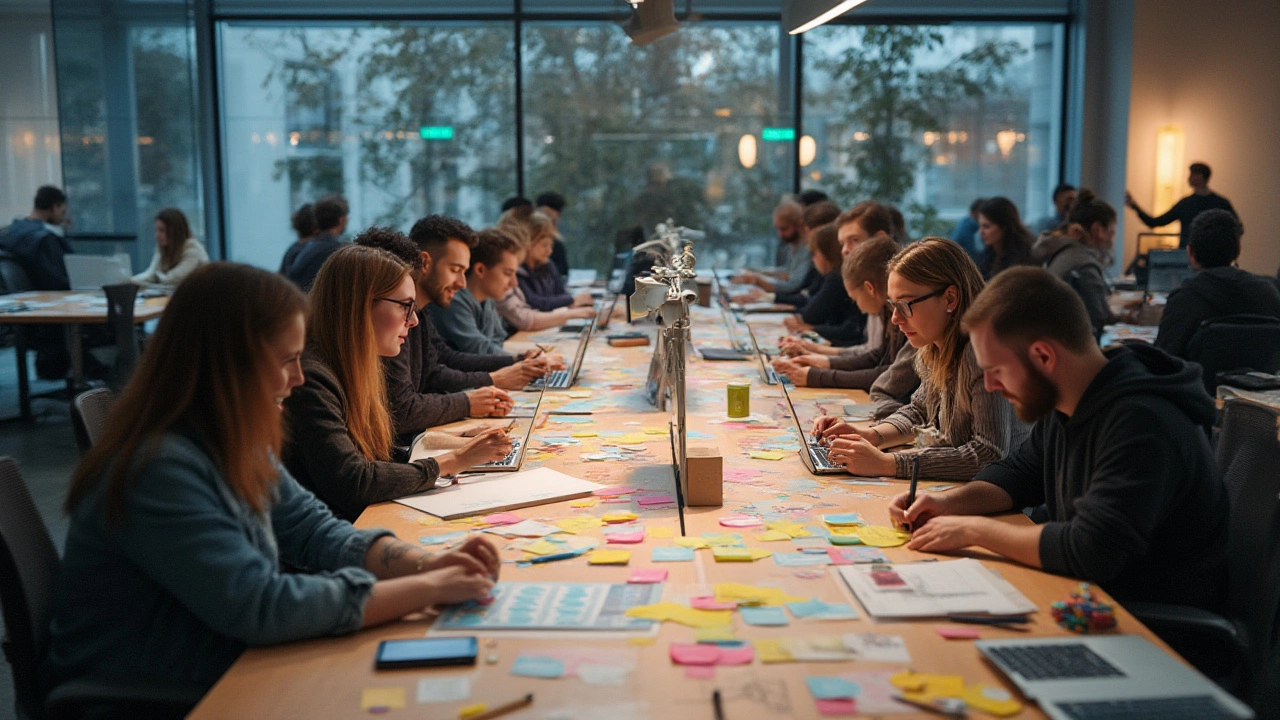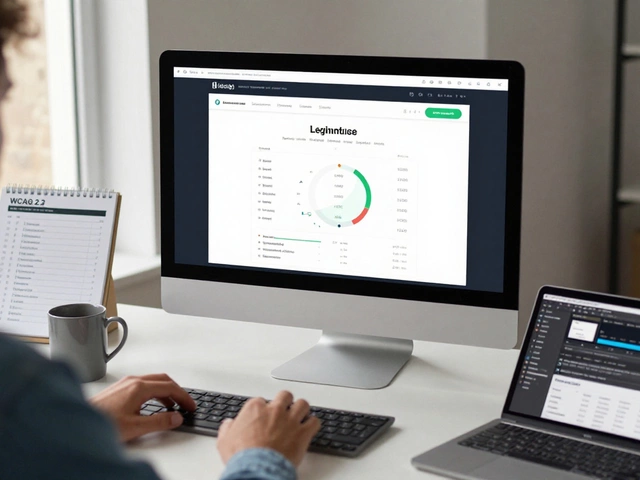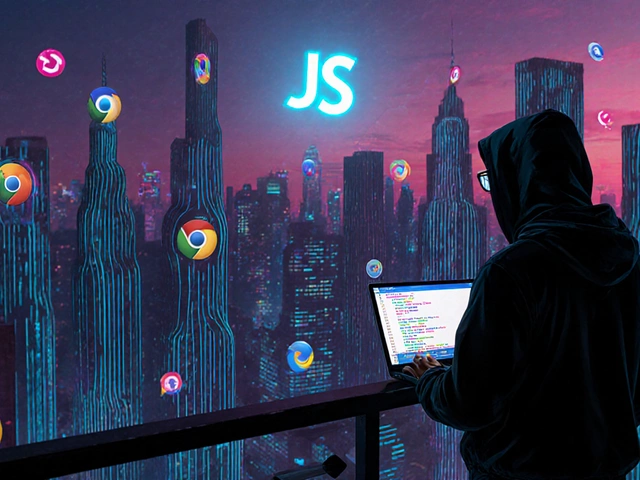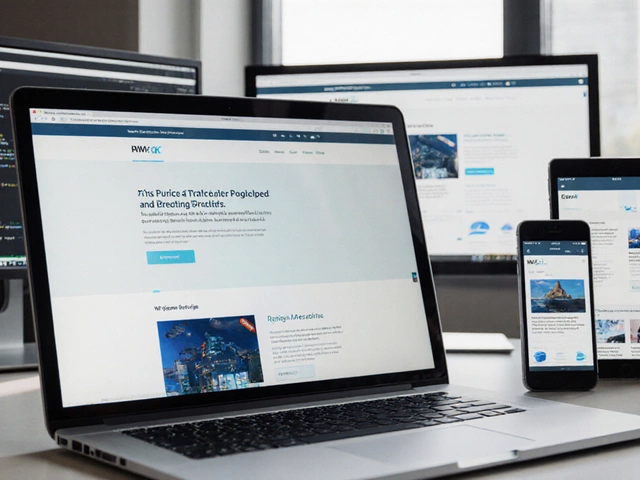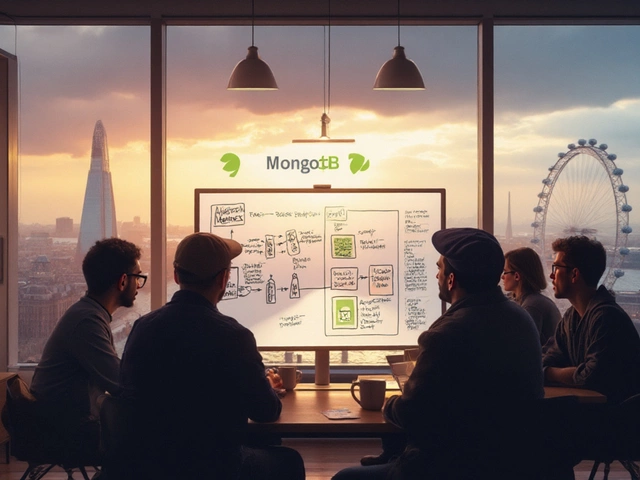Ask ten designers if UX is harder than UI and you'll probably spark a debate lasting through the coffee break and all the way to dinner. Who actually has the tougher job? Do the lines between UX (user experience) and UI (user interface) even matter all that much? With companies like Apple pouring millions into perfecting both, it’s no wonder folks are still scratching their heads, wondering which side of the fence has more thorns. Behind all the pretty pixels is a world of research, trial and error, and more psychology than most people realize. But here's the kicker: the answer isn’t as obvious as it sounds.
What Sets UX and UI Apart—And Why Does It Matter?
UX and UI often get tossed around like they’re the same thing, but they couldn’t be more different under the hood. At its core, UI is all about how things look—the buttons, icons, color palettes, fonts, and everything else that grabs your eye the second you open an app. UX, on the other hand, is everything that happens before and after you click that first button. It's the blueprint, the psychology, and even the emotional response you have while using a product.
A 2023 survey by the Nielsen Norman Group found that 91% of tech professionals incorrectly mix up the definitions. So, what makes UX, well, harder for some people? For starters, UX demands a deep dive into human behavior. Designers aren’t just deciding if a button should be blue or green. They’re figuring out why a user would want to click it in the first place.
Digging deeper, UX often needs long research cycles. Think interviews with real users, usability testing (sometimes over months), wireframing, A/B testing, persona development, prototyping—the list goes on. And here’s the kicker: you might work for weeks and find out your entire plan needs to pivot because real users took an unexpected path. UI, by contrast, kicks in once the heavy lifting of mapping the experience is done. UI designers translate the logic and flows into visual language. They sweat the details, too—like if the contrast ratio is readable for everyone or if a drop shadow makes a card pop—but rarely do they have to orchestrate the whole emotional journey.
Check out how their tasks break down:
| Discipline | Main Focus | Typical Tools | Measured By |
|---|---|---|---|
| UX | Experience, flow, clarity | User research guides, personas, wireframing, prototyping | User satisfaction, task success rate, NPS |
| UI | Visuals, aesthetics, interactivity | Style guides, Figma, Sketch, Adobe XD, color theory | Visual consistency, style adherence, accessibility |
Here’s a quick tip: If you’re ever unsure where a job fits, ask if it involves talking to users or running tests before anything gets designed. If yes, you’re probably looking at UX. If it’s about picking icons and typography, that's UI territory.
Both roles are critical—without good UX, even the best-looking UI falls flat. And without beautiful, accessible UI, users might never feel inspired to stick around for the experience you carefully crafted.
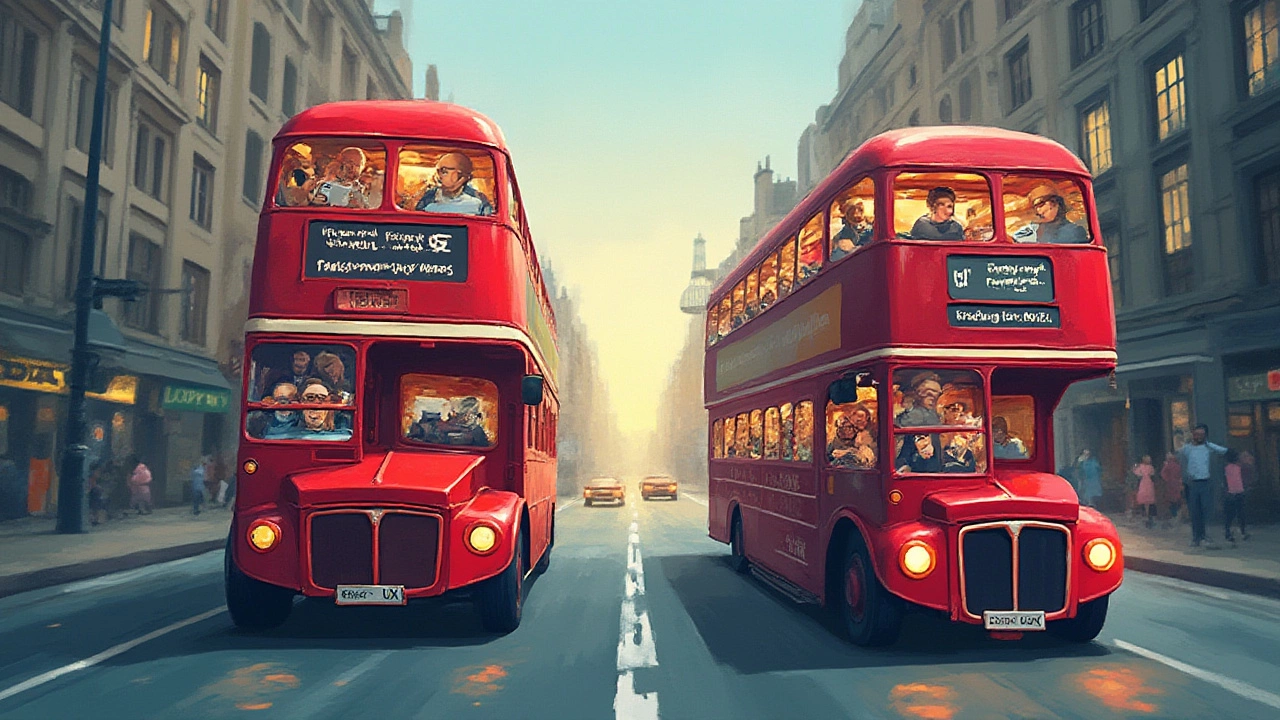
The Real-World Challenges UX Designers Face
If you ask seasoned UXers what keeps them awake at night, they won’t mention picking fonts or colors—they’ll talk about solving real-life puzzles with way too many pieces. Research by the Interaction Design Foundation in 2024 showed that 65% of UX projects hit a snag because user behavior didn’t match expectations. Forget the myth of the lone designer—UX pros are more like detectives and facilitators. Imagine spending weeks designing a smooth checkout process, only to find out users abandon it for reasons you never considered, like an unexpected distrust triggered by an extra field or a vague error message.
Feedback is another monster. It often comes unfiltered, brutally honest, and sometimes totally contradictory. One tester wants simpler navigation; another says it’s already too basic. Sorting through all that, prioritizing changes, and explaining your choices to impatient stakeholders—that’s part of what makes UX both exciting and exhausting.
Also, the "soft skills" in UX aren’t really all that soft: empathy, negotiation, storytelling, presenting research so your boss actually listens. Companies seek those who can champion user needs in a room full of people chasing business goals. The best UXers have to be part psychologist, part strategist, and part peacekeeper. When Spotify redesigned its home screen in 2022, user engagement jumped by 12%, but only after months of interviews and rounds of prototyping—proof that getting UX right is rarely a straight line.
One big headache? Measuring success. Unlike UI, you can’t always point to a pretty screen and say, "Nailed it." UX is about improving the whole flow. You’ll rely on heatmaps, Net Promoter Scores (NPS), task completion rates, and user interviews. But sometimes even data is muddy. Maybe your research says user satisfaction should climb, but sales don’t budge. Is that a win or a loss?
Want practical advice? Don’t get precious about your ideas. The best UXers get feedback early, stay curious about what real users do (not just what they say), and treat every failed prototype like a lucky break to make something better next time. One favorite trick: Build click-through prototypes in Figma and watch where users actually stumble in real time. Surprises are a friend in UX. And don’t skip on documenting your process; when you need to justify a design decision, a well-kept research log is pure gold.
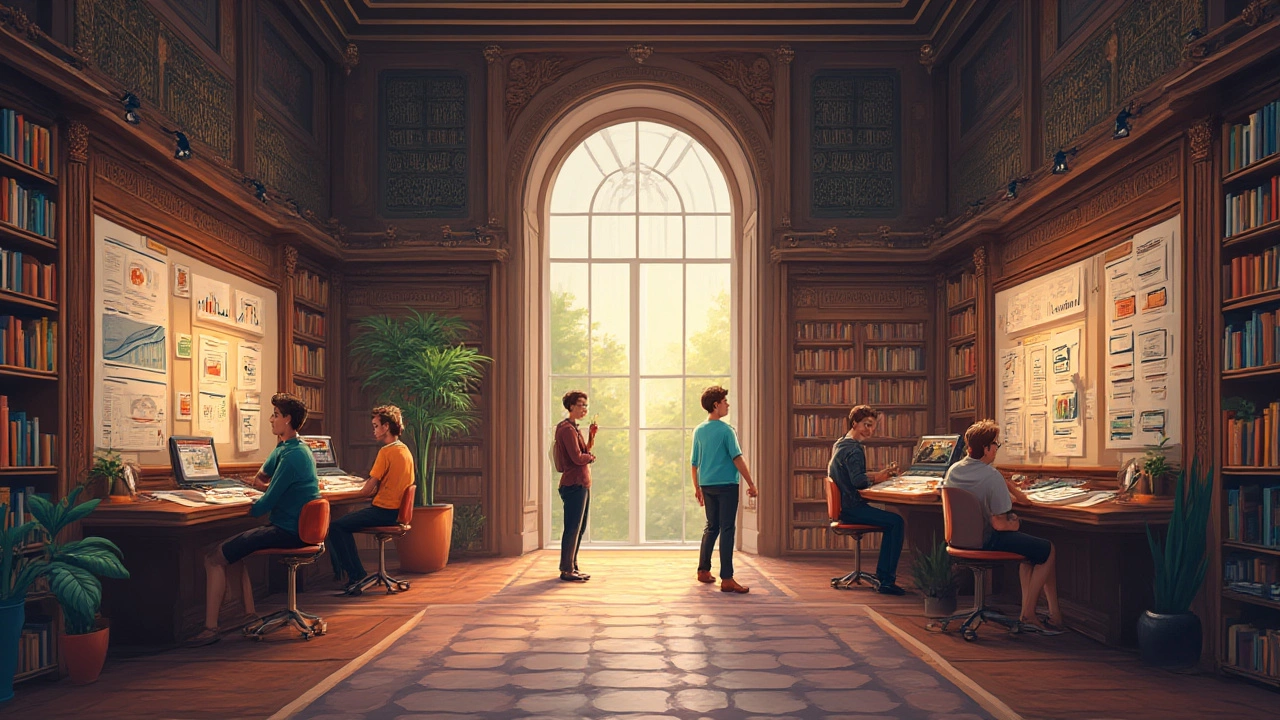
How UI Designers Face Their Own Set of Hurdles
Don’t make the mistake of thinking UI is all about slapping pretty colors onto wireframes. If that’s all it took, there wouldn’t be so many forgettable apps clogging the digital landfill. UI is where the vision becomes reality. The challenge? It has to look great, work on every device, and be accessible to everyone—including the 1 in 12 men and 1 in 200 women in the world who see color differently than you do.
UI designers get squeezed between brand guides, accessibility rules, marketing requests, and developers who want everything "easy to code." Think back to Google’s big Material Design overhaul in 2023. Designers spent months sweating the details of elevation, shadow, and motion—all for tiny boosts in usability and brand impact. Even small UI changes can unleash a wave of feedback.
Consistency is the name of the game—users are wired for patterns. But rules can turn into straightjackets. Ever argue with a developer over a 2-pixel margin? UI designers do—often. And the "pixel perfect" ideal clashes with real world messiness—devices, screen sizes, touch targets, and dark mode quirks. Truth is, it takes hours of testing, iteration, and hands-on work tweaking minute details that users will feel but rarely notice.
If you’re aiming for UI design, attention to detail is mandatory. Working in Figma or Sketch until the design looks and feels "right" is only half the job. You need to know color theory, spacing systems, icon design, micro-interactions, and—more and more—front-end basics so what you design is actually buildable. Try this: design with accessibility checkers, verify contrast ratios, and test with real humans to spot fixes you’d never think of yourself. Small changes, like slightly rounding the corners of a button, can make an interface more approachable.
Here’s a quick look at what tools and skills are most in-demand by employers for UI roles in 2025, according to a short poll on LinkedIn’s Design Jobs group:
| Skill | Percent of UI Job Postings |
|---|---|
| Figma | 97% |
| Prototyping | 84% |
| Accessibility standards (WCAG) | 68% |
| Animation/Motion design | 56% |
| Basic HTML/CSS understanding | 51% |
One last nugget: UI designers need a portfolio that’s more than eye candy. Employers want to see your process, not just your outcomes. Document your work, explain your decisions, and show how you handled feedback. It’s not just "can you make it gorgeous?" but "can you make it intuitive and accessible, too?"
Both UX and UI are jobs that blend art, science, empathy, and—let’s be honest—a fair amount of grind. Some designers love the messiness of UX; some get a rush from perfecting pixel grids. The best teams know the real magic happens at the intersection. So, is UX vs UI a question anyone can really answer with a straight face? Maybe not. But knowing what each battle looks like up close makes you a smarter, better, and way more hireable designer.

